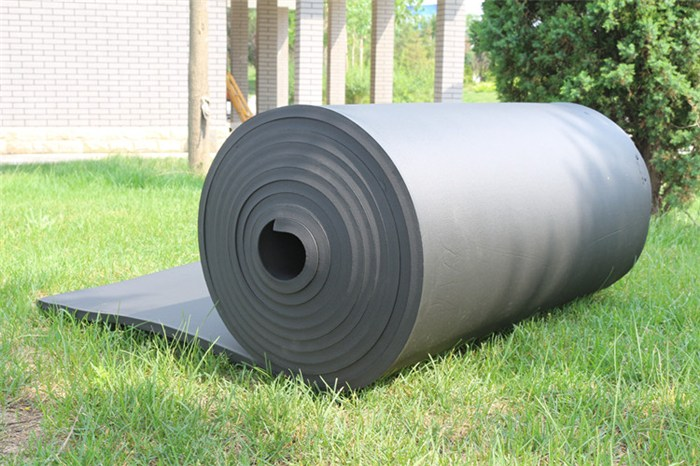

SEARCH
As a new type of building insulation material, rubber-plastic insulation board can be used for thermal insulation of walls in winter. It has excellent thermal insulation performance and is widely used. It is one of the most effective measures in building energy conservation and brings many benefits to our lives. So what is the thermal insulation effect of rubber-plastic insulation board?
In the late 1970s, some developed countries abroad began to apply rubber and plastic thermal insulation materials to the field of building energy conservation. The state forced the construction industry to implement energy-saving standards in new buildings to use rubber and plastic thermal insulation materials. Because the surface thermal conductivity of the rubber-plastic insulation board is relatively low, when the average temperature is only zero degrees Celsius, it is still very warm, and it can also play the role of shock absorption and sound absorption.
Rubber and plastic insulation material is a general term for the rubber and plastic industry. It is light in weight, good in elasticity, good in toughness, small in thermal conductivity, good in air tightness, water-resistant, corrosion-resistant, compressive, and good in construction. It is suitable for -40 ° C The temperature range of ~105℃ is widely used in the thermal insulation of large central air-conditioning systems and various piping equipment.

Rubber-plastic insulation board has good anti-aging performance and durability. The flame retardant effect reaches the B1 level stipulated in the national standard GB8624 "Analysis of the Combustion Performance of Building Materials". Compared with other common insulation boards, Uetersen rubber and plastic insulation boards have strong thermal insulation and sound insulation effects, thermal conductivity<0.034W/MK, smooth surface, and it is difficult for outside air to penetrate into the material, thereby reducing heat loss, keep the temperature.
The inside of the rubber-plastic insulation board has a closed-hole structure. The small holes are independent of each other and form their own closed air layers, which are not easy to dissipate heat and improve the thermal insulation performance. The independent closed bubble structure also blocks the penetration of water vapor molecules. into the material. The rubber-plastic insulation board remains stable for a long time. Under the same conditions, the thermal conductivity of water is 24 times that of air. If a material with an unclosed pore structure is damaged, water vapor molecules will penetrate into the material and thermal insulation will be lost.